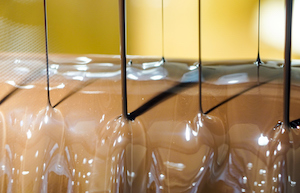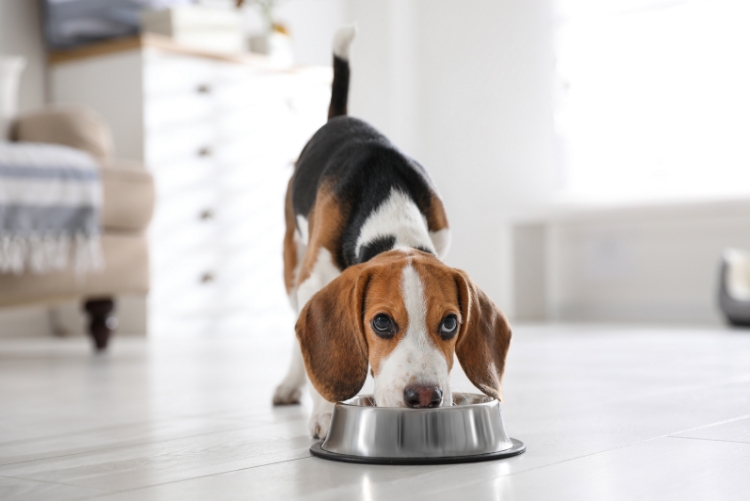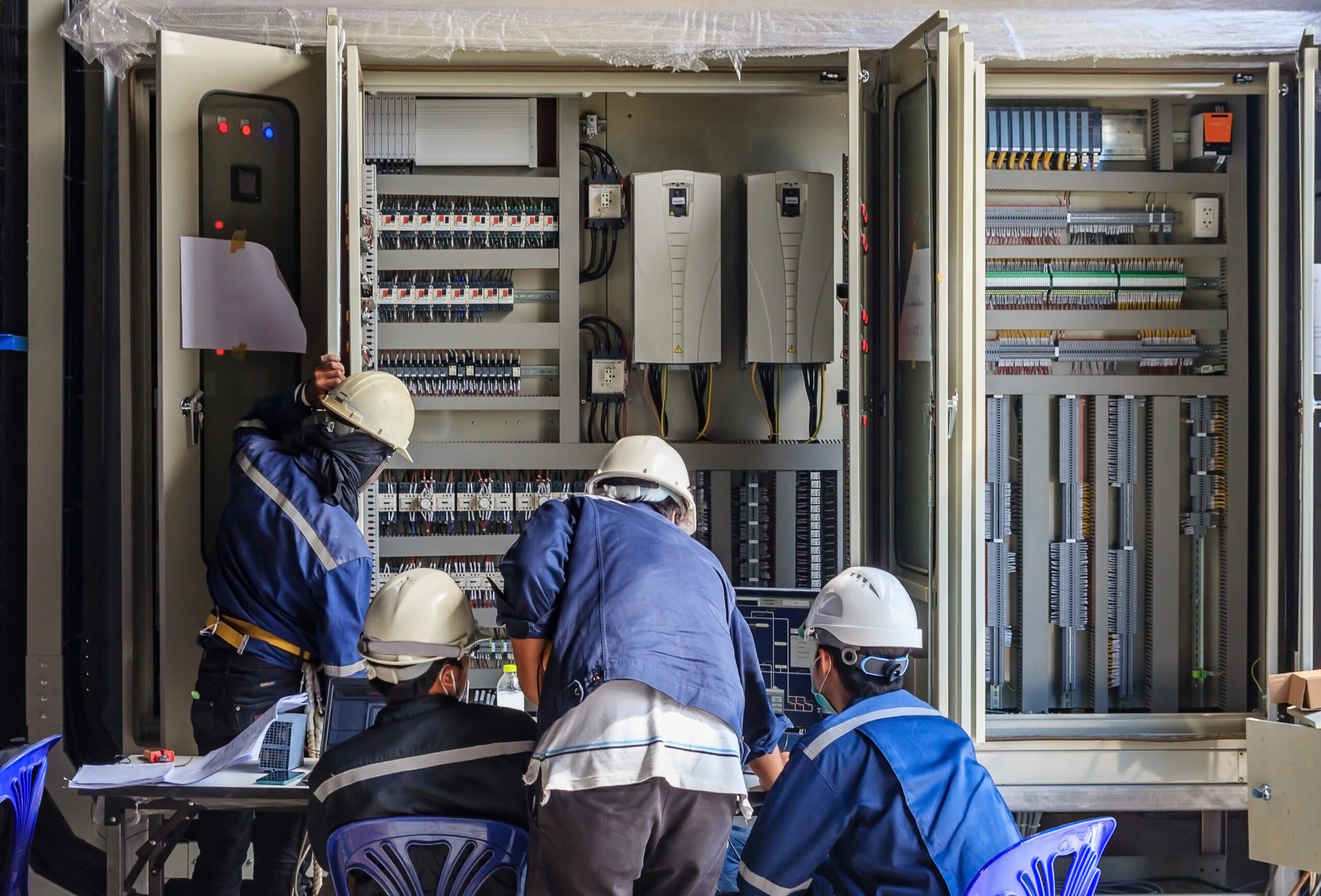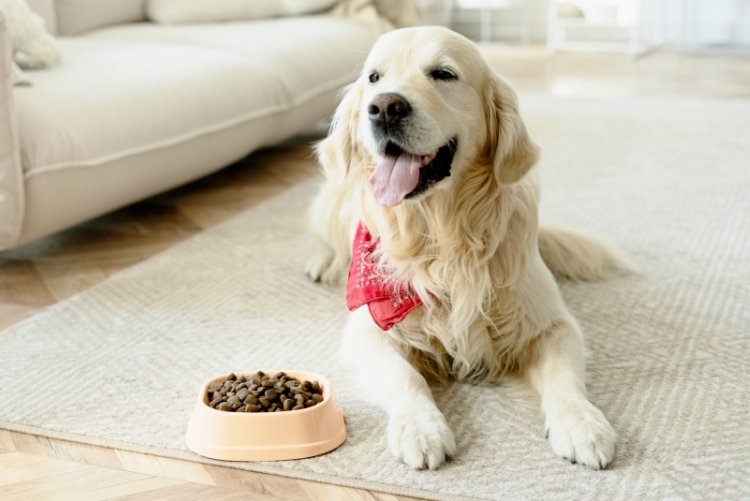
Food coating equipment and processes are an important part of processed foods. Food coating allows food processors to add flavorings, vitamins, minerals, and important ingredients to maintain consistency and shape. Different food coating equipment types and processes are necessary for different types of coating and different base products. Let’s take a look at the essential food coating equipment types that make it possible to create and enjoy so many types of foods.
6 Essential Food Coating Equipment Types
There are many different food coating equipment types. Food coating isn’t an exact science, and which type of food coating equipment and which process is ideal depends on many different factors.
There are different types of food coating equipment types and processes for liquid and powder coatings, as well as pellets and extruded bases. Some coatings are made to cover the base completely, while others only partially cover the base. The following is not an exhaustive list of food coating equipment, but includes many common types of equipment.
Screw Mixing and Spray Coating
Coating and mixing are often completed simultaneously. A screw mixer uses two, or sometimes four, thin metal strands in a double-helix pattern to mix materials. The material moves back and forth through the mixer and may be exposed to spray nozzles in the process, which will coat the materials during mixing.
While there are some problems with spray coating, such as clogging and crystallization, screw mixing and spray coating is often an effective food coating process for solid pellets, like pet food, some cereals and nut mixes.
Paddle Mixing and Spray Coating
Paddle mixing and spray coating are similar processes to screw mixing and spray coating. With a paddle mixer, the material moves back and forth through the mixer in the same way as a screw mixer. However, a paddle mixer, since it uses flat paddles, is gentler than a screw mixer. The spray nozzles still coat the material as it moves through the mixer, but the gentler mixing action makes it easier to coat more fragile materials, like puffed cereal and snack foods.
Electrostatic Coating
Electrostatic coating uses static electricity to attract coatings to the base. This is often used for lighter coatings, like spices, salts, powdered sugar, and similar coatings. Electrostatic coating uses positive and negative charges to naturally attract coatings to the base material. This is ideal for coatings that might be expensive, such as those that use expensive spices, since electrostatic coating tends to result in less ingredient waste.
Vacuum Coating
Vacuum coating uses a vacuum container to naturally attract a coating to a base. During this process, a large container is filled with the base material. Then, the air is sucked out of the container. Then, the coating is introduced to the container. When air is reintroduced into the container, the coating sticks readily and evenly to the base.
Mistcoating
Mistcoating uses spinning disks to atomize liquid coatings and apply them evenly to a base, usually a pellet or an extruded food item. APEC’s Mistcoater uses a sealed container, which prevents overspray and helps to reduce ingredient waste. This type of food coating equipment is ideal when the liquid coating must be uniform, particularly for vitamin, mineral or enzyme coatings.
Enrobing
Enrobing is a common food coating technique for sweet foods and snacks. During this process, a base item moves across a conveyor and through a coating, like chocolate or glaze. This often only coats a part of the base item, like the top and sides, but not the bottom. So, it works well for items like cookies and chocolate-covered snacks, candy bars and similar items.
Which type of coating equipment and coating process you need depends on many factors, like the ingredients you’re using and the speed and efficiency of your overall process. Using mixers and spray nozzles are some of the most common processes, but mistcoating, vacuum coating and electrostatic coating offer interesting advantages for many types of foods.







